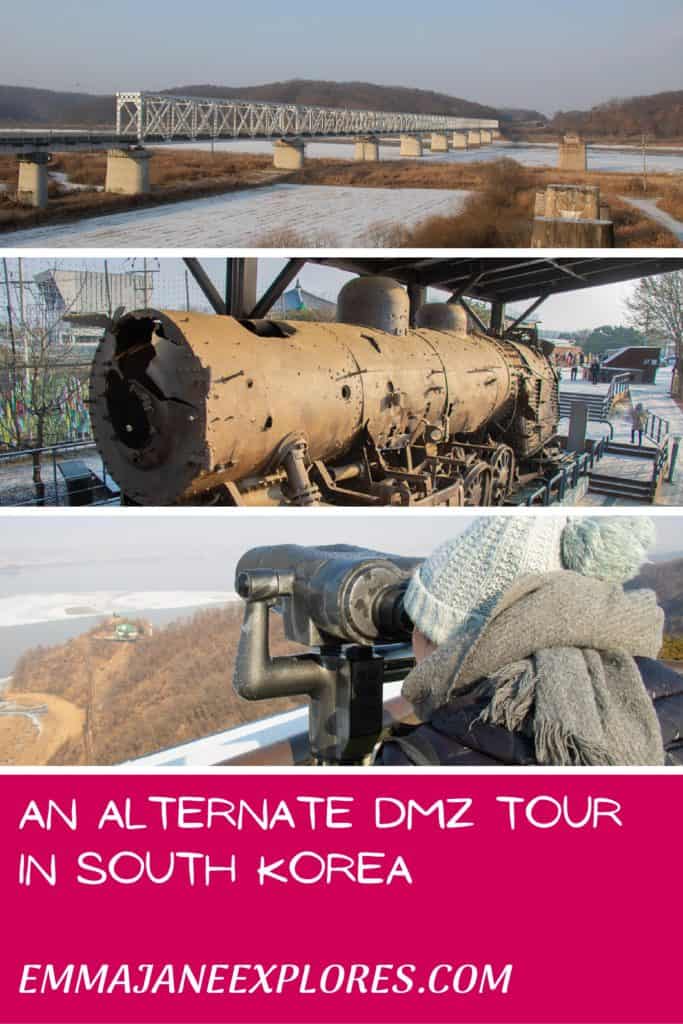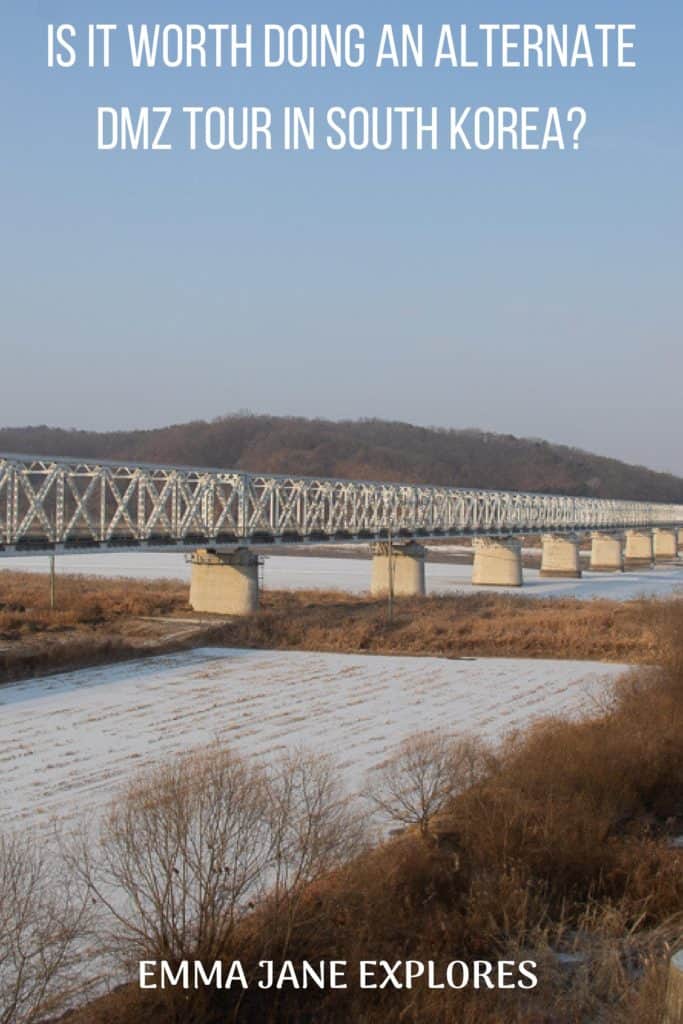Is it worth doing an alternate tour if the DMZ is closed?

A visit to the infamous DMZ region is often very high on itineraries to the South Korean capital of Seoul. But what happens if the DMZ is closed or an incident has taken place? Luckily, most tour operators now have a plan B – and this is usually an alternate DMZ tour – which is still very worthwhile.
What is the DMZ?
The DMZ (or Demilitarized Zone) is a barrier that divides the North and South sides of the Korean peninsula. It was created at the end of the Korean War in 1953 as part of the Armistice Agreement.
It is essentially a zone that allows a buffer between the two sides and also has areas where the two countries can meet to negotiate any issues. It is important to remember that whilst this is an interesting area and about the closest most people can get to the hermit kingdom of North Korea, that incidents can and have occurred here resulting in both military and civilian deaths.
What to do if the DMZ is closed and you’re faced with having to take an alternate DMZ tour?
Visiting the fascinating Demilitarized Zone or DMZ is usually quite high up on the curious tourist’s to-do list when in Seoul, South Korea. Around the world, there is an ever-growing fascination with the hermit kingdom of North Korea and a visit to the DMZ is often as close as tourists can get to the divisive country.
Unfortunately, in recent times the DMZ has been sporadically closed off to visitors with tensions between North and South Korea growing and outbreaks of African Swine Fever and of course the COVID-19 pandemic.
So, for those still itching to learn more about the Korean War, the division of the Korean Peninsula and catch a glimpse of the elusive kingdom of North Korea – is it still worth doing an alternate DMZ tour?
In my honest opinion, absolutely.
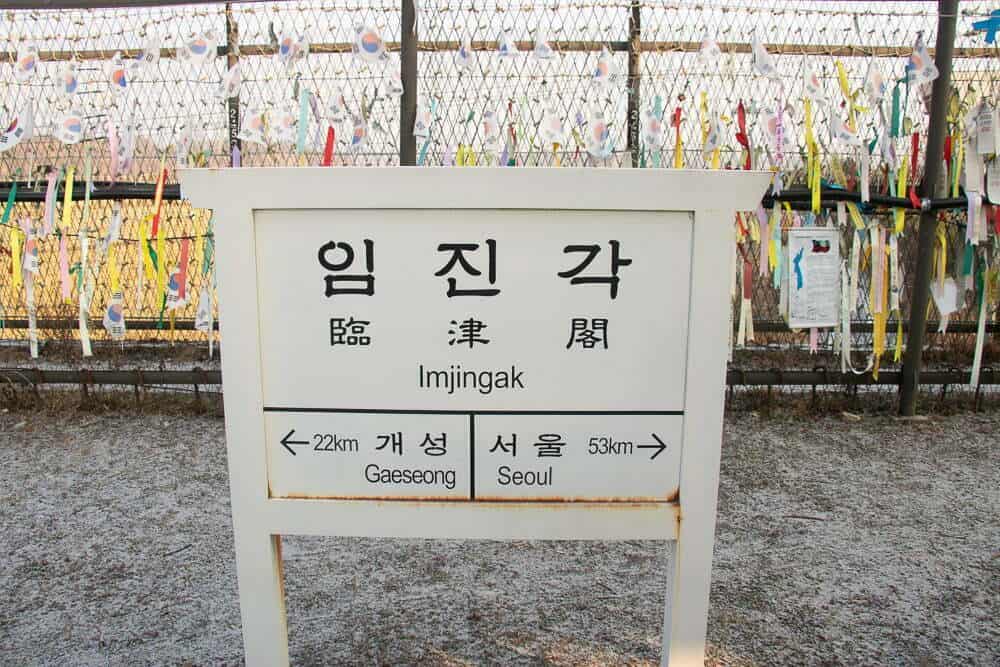
The Alternate DMZ Tour Begins…
Be prepared for an early start on as the trip out towards the DMZ and neighbouring areas is a little way out from Seoul (just under 50km to be exact). Most tours will drive their tour bus around the Seoul urban areas and pick you up from your hotel – we happened to be the first group picked up which meant for an extra-early start and an opportunity to have a little snooze on the bus whilst we picked up the rest of our party.
When we finally got on the road, and began driving, the starkness of winter and mixed with the desolate landscape and frequent sentry towers placed along the Han River definitely makes for a bleak but fascinating picture. Barbed wire runs alongside the road as our guide tells us tales of defection and sorrow during and after the Korean War.
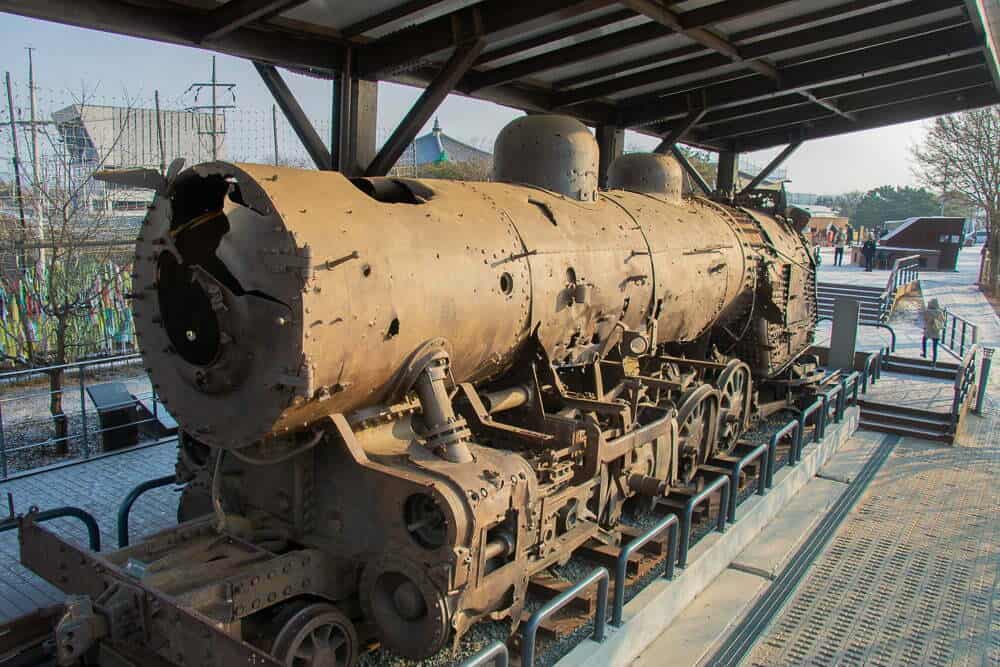
Common stops on an Alternate DMZ tour
Imjingak Park
The tour’s first stop is the hauntingly serene Imjingak Park. There’s been a light dusting of December snow overnight and as we alight the bus a gentle powder still falls from a grey sky. The first glimpse I catch of the park is the Mangbaedan Altar, surrounded by Koreans performing ceremonial rites, singing and bowing. This is a place for members of Korean families separated by the division of North and South to come and pray for re-unification so that they can once more be together with loved ones.
Also found at Imjingak is a rusted, bullet-riddled steam engine wich was abandoned after being opened fire on near Jangdan station. The train was moved to Imjingak as a reminder of the cruelty of war.
One of the most poignant parts of Imjingak Park and the alternate DMZ tour is the stretch of barbed wire fence with coloured ribbons tied to it, each bearing wishes for the unification of Korea and an end to the divisive relationship between the two countries. This section of the park reminded me a little of the Hiroshima Peace Park in Japan with all the origami cranes at the Children’s Monument.

The Freedom Bridge
Also at Imjingak is the Freedom Bridge – a former railway bridge used in 1958 to bring nearly 13,000 South Korean prisoners of war back home over the Imjin River. It’s no longer in use and is heavily guarded – crossing this way is impossible now with the division of the two countries. Here, you can see both the remains of the the original bridge, blown up in 1951, and the newer 1998-built version which now spans the river. Our guide points out shrapnel and bullet damage in the remains of the original bridge, a stark reminder that this peaceful scene is a place of sorrow and death.
Imjingak is also a good stop for those unable or unwilling to visit the DMZ as you do not need passports to visit this last town in South Korea before the demilitarized zone.
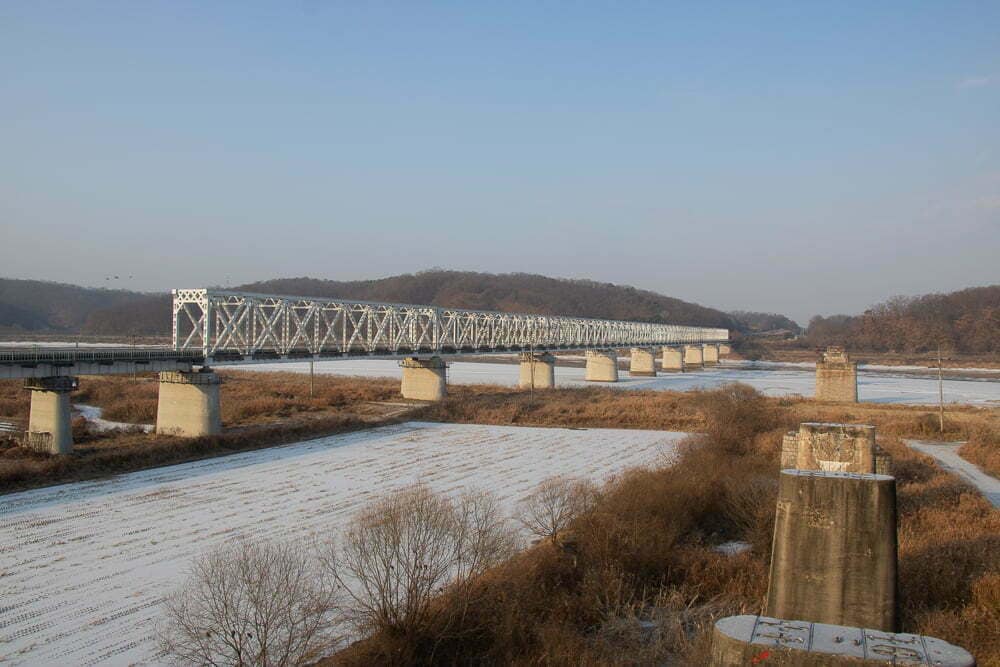
Odusan Unification Observatory
The next stop on the alternate DMZ tour takes us to the perfectly positioned Odusan Unification Observatory in Paju where it is possible to catch a glimpse of the hermit kingdom of North Korea, just over the other side of the border. A little alarming on first arrival are the signs around the observatory warning of evacuation points in the event of an attack, highlighting just how close we are to North Korea and just how unpredicatable relations between the countries are.
Odusan is also a great place to educate yourself about the history of the two Koreas. On arrival, we watch a video explaining the division of North and South, the invasion of the South by the North in the Korean War and the eventual ceasefire and agreement of the division of the Korean Peninsula.
Then, the main event – a trip outside to the observation deck where binoculars await for tourists to catch a glimpse of North Koreans walking around their village just across the river. Here, the distance between the two Koreas is at its smallest at just under half a kilometre (0.25 miles) where the Imjin and Han rivers meet. At low tide, you could basically walk from one side to the other – if it wasn’t for the heavily militarised border.
The North Korean village appears small and agrarian with white buildings, a school and a monument to Kim-Il-Sung, the founder of North Korea and current leader Kim-Jong-Un’s grandfather. Through the binoculars, its possible to spot villagers all in black walking the fields or riding a bike through the small township.
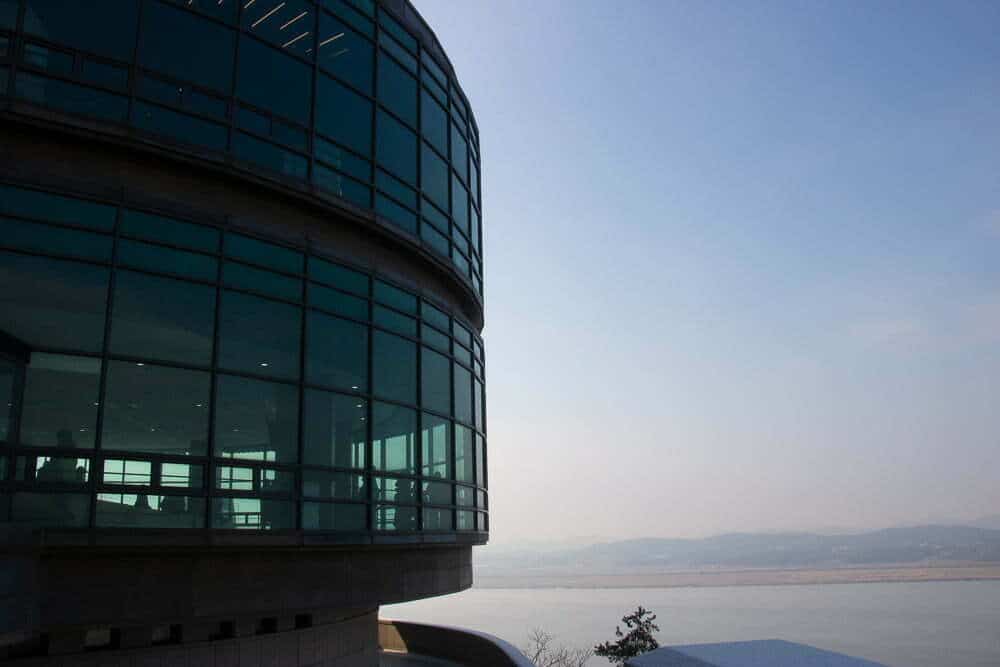
The Korean War Memorial
Back in Seoul, the Korean War Memorial is an educational and fascinating final stop on a compelling alternate DMZ tour. The museum has an incredible array of items on display pertaining to the Korean War, from a basic chronology of the war to military paraphanelia salvaged from battles. For someone like me, who knew very little of the particulars of the Korean War, this memorial was a great place to truly get my head around what had actually happened in the very sad and difficult history of the Korean peninsula rooted all the way back to the Japanese occupation in World War II.
The memorial is completely free to visit, and particularly in winter, can be a great spot to warm up from the brisk Seoul air. The museum is absolutely enormous with six halls full of information to consume.
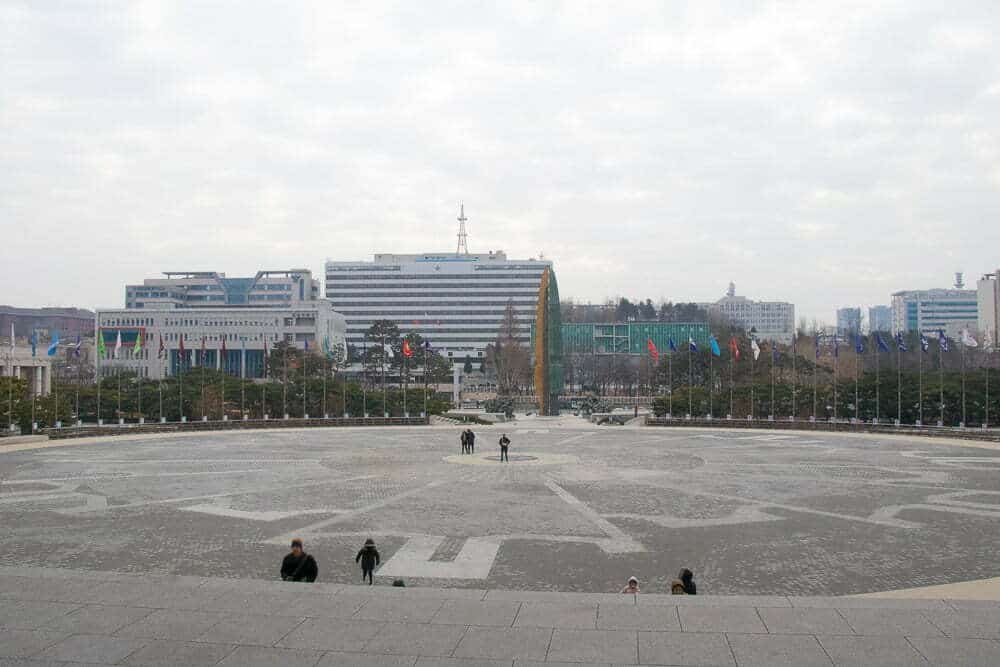
In summing up, I know there is definitely unavoidable disappointment when a key tourist drawcard like the DMZ is closed when you’re in Seoul.
However, there are many ways to educate yourself on Korean history, catch a glimpse of North Korea and try to understand the longing for unification of the peninsula on an alternate DMZ tour. If you’re not able to get there – then an alternate DMZ tour is the next best thing, for sure.
Bonus: what to see at the DMZ
If you are lucky enough to be able to visit the DMZ properly, here are a few additional places you will want to look out for.
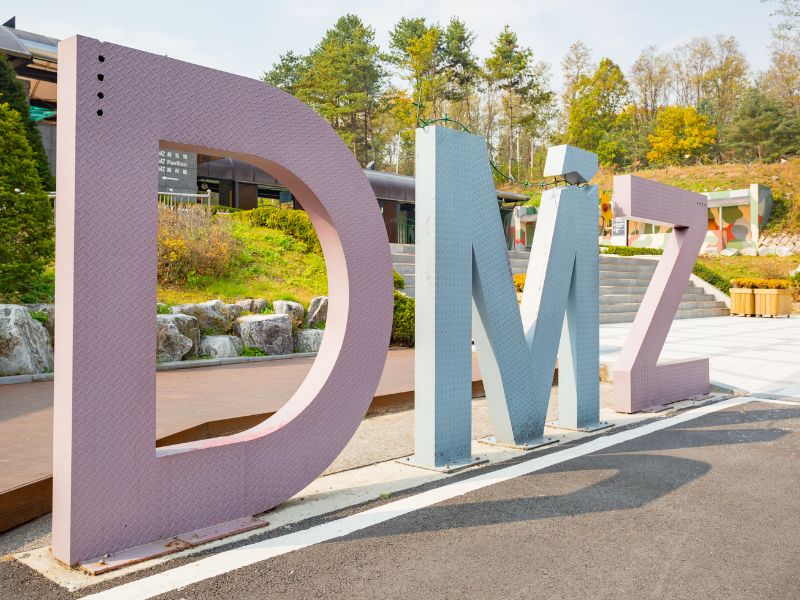
Third Tunnel of Aggression
The Third Tunnel of Aggression is an underground tunnel connecting North and South Korea. Built by North Korea, this passage was found by the South Koreans in 1978. It is now able to be explored by visitors and even has a gift shop.
Bridge of No Return
The Bridge of no Return is an infamous and now defunct bridge where prisoner exchanges used to take place. This bridge has been the site of many incidents, even as recent as in 2016.
JSA (Joint Security Area)
The JSA at the DMZ is where you have the opportunity to see South and North Korean soldiers standing opposing each other. Given that this is an area of extreme tension, it is common for the JSA to be off limits for tourists, but at time you may get lucky and be allowed to visit.
Dorasan Station
Dorasan Station is the last South Korean train station before the border of North Korea and is symbolic of the South Korean’s longed for unification of the two Koreas.
Where to stay in Seoul for a DMZ tour
The beauty of touring the DMZ or taking an alternate DMZ tour is that you’ll need to go in a guided tour vehicle, so most will pick you up from your hotel in Seoul.
My preference is to stay in the Insadong area as I love the historic charm of the neighborhood and there’s plenty to see, do and eat including several of the Seoul Royal Palaces and gorgeous Bukchon Hanok Village.
In summary
Whilst visiting the DMZ is very high on many South Korean travel bucket lists, the reality is that there will be times when the area is simply too dangerous or volatile to put tourists at risk. For those wanting to catch a glimpse of the hermit kingdom of North Korea or to learn more about the history of the Korean War, an alternate DMZ tour could be the answer to your desires.
Like this post on an alternate DMZ tour from Seoul?
Pin to save it for later!
